New roots: Europe’s largest cactus garden springs from an industrial wasteland
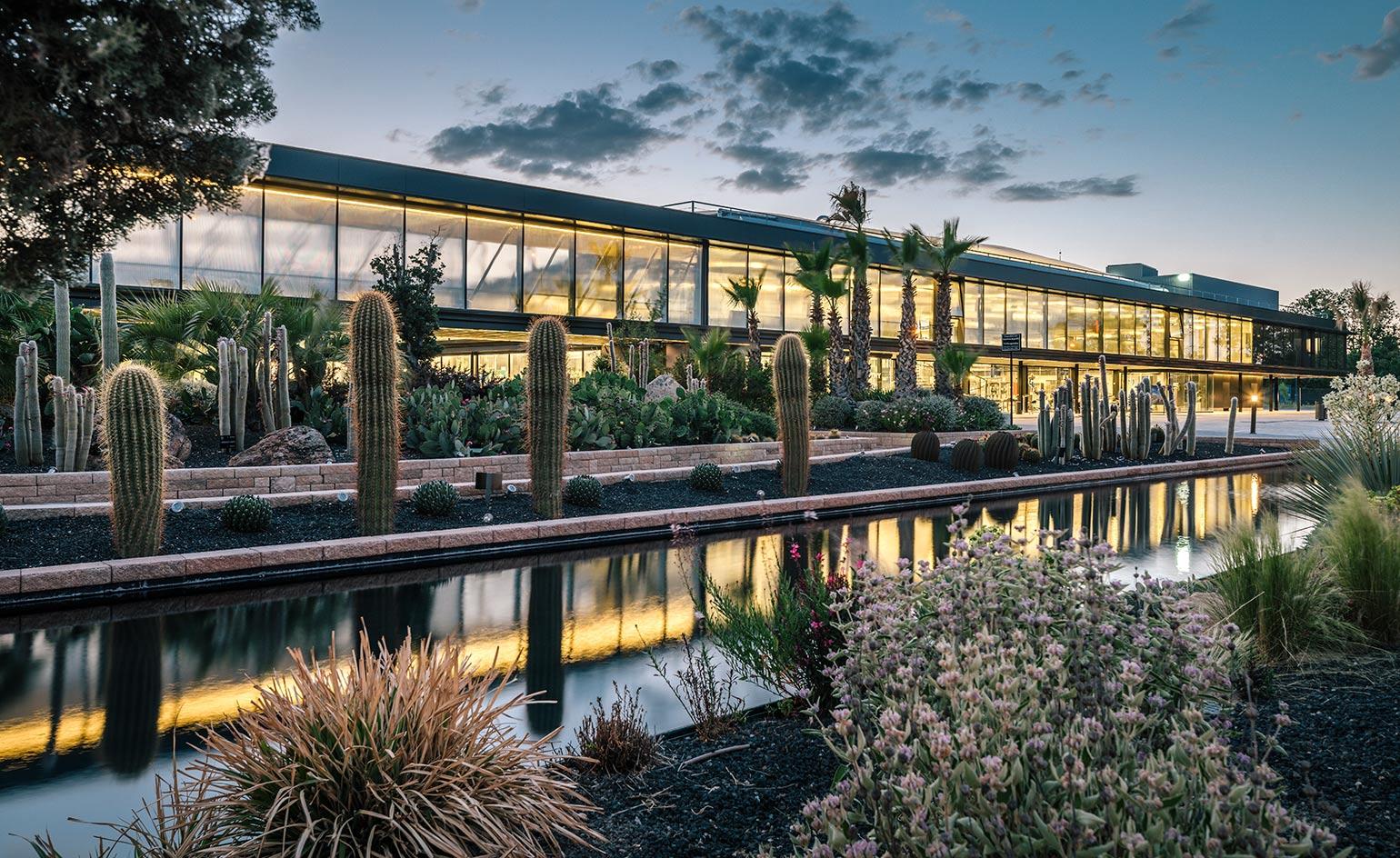
Cacti and other genres of xerophyte plants need very little water and can adapt to extremely harsh environments. What more appropriate place to celebrate this fact than on a once-industrial wasteland on the outskirts of Madrid?
Situated on a plot adjacent to the thundering AI Highway, Desert City is the largest cactus garden in Europe and has an aim to educate the public at large on the ecological and aesthetic benefits of xerophyte plant life. It’s an idea from Mercedes Garcia, an agronomist who firmly believes that low-maintenance, low-water gardens are the way of the future: a philosophy she has named ‘zerolandscaping’.
Over 16,000 sq m of wasteland was claimed to create Desert City, a third of which is occupied by an enclosure designed by the Madrid-based Jacobo García-Germán architecture studio. Along with guided tours, research and breeding of cacti, Desert City offers a retail space, workshops, event facilities and even a restaurant.
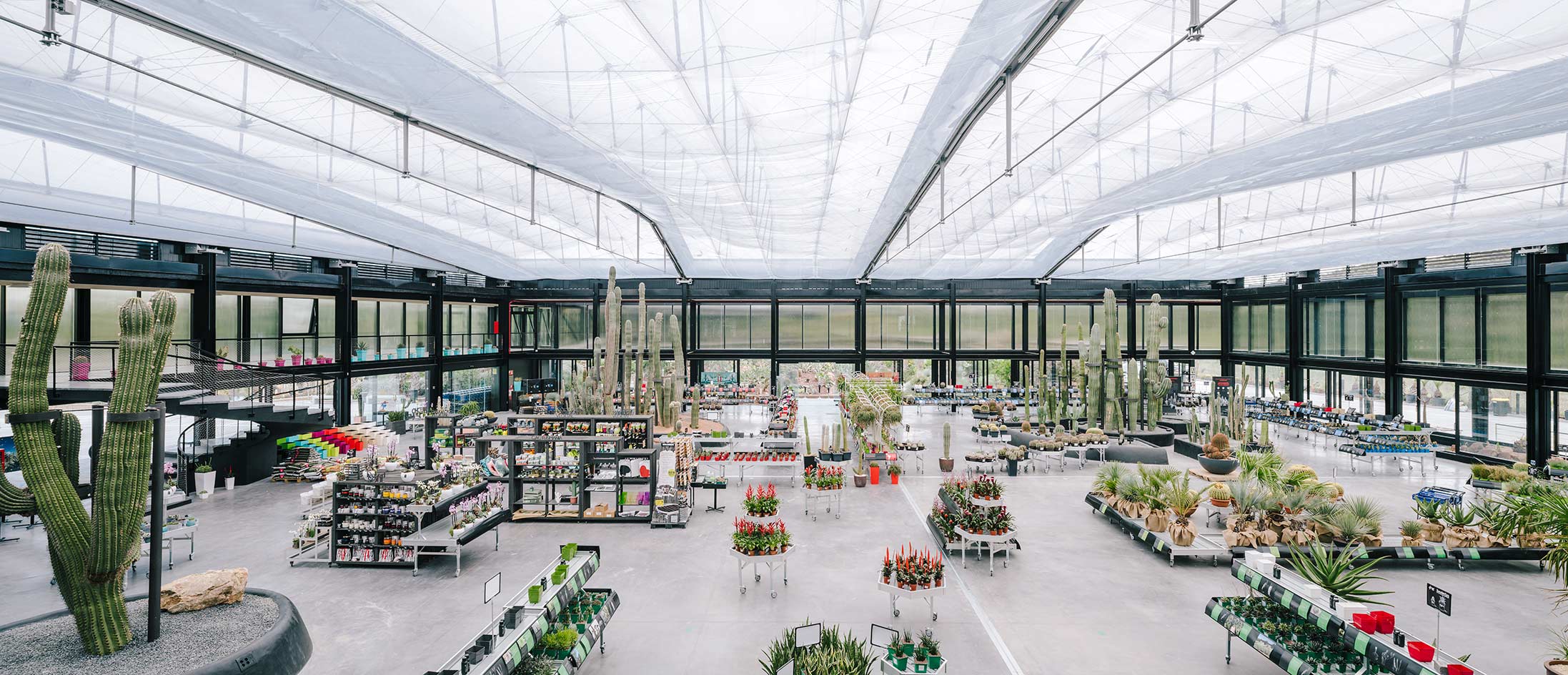
The greenhouse contains a selection of plants, as well as facilities such as retail space and a restaurant
These facilities are enclosed in García-Germán’s building, a landmark-proportioned horizontal structure with a greenhouse at its centre where visitors can peruse a large selection of plants displayed in peaceful symmetry. The architect describes the project as a mammoth oasis – one part open to the sky (the garden) and the other part enclosed in his structure.
García-Germán chose materials and scale that responded to the building’s close proximity to the highway and the constant presence of speeding traffic, which is seen through green-tinted photovoltaic windows that surround the structure. The central greenhouse is protected by a lightweight roof made cables laid to the principles of transegrity and reinforced with a ‘cushion’ of ETFE, which regulates temperature. Surrounding the greenhouse are lookout points, bridges, walkways, terraces and other devices that work together providing cross ventilation, thermal protection and shade; all features of the project’s strict environmental criteria.
The plot was originally a dumping ground for waste created by the construction of the highway. The project, García-Germán says, ‘has been regenerative by returning the land, at least in part, to nature, and creating a new landscape that is paradoxically natural and artificial, exotic and regressive’.
These facilities are enclosed in García-Germán’s building, a landmark-proportioned horizontal structure with a greenhouse at its centre where visitors can peruse a large selection of plants displayed in peaceful symmetry. The architect describes the project as a mammoth oasis – one part open to the sky (the garden) and the other part enclosed in his structure.
García-Germán chose materials and scale that responded to the building’s close proximity to the highway and the constant presence of speeding traffic, which is seen through green-tinted photovoltaic windows that surround the structure. The central greenhouse is protected by a lightweight roof made cables laid to the principles of transegrity and reinforced with a ‘cushion’ of ETFE, which regulates temperature. Surrounding the greenhouse are lookout points, bridges, walkways, terraces and other devices that work together providing cross ventilation, thermal protection and shade; all features of the project’s strict environmental criteria.
The plot was originally a dumping ground for waste created by the construction of the highway. The project, García-Germán says, ‘has been regenerative by returning the land, at least in part, to nature, and creating a new landscape that is paradoxically natural and artificial, exotic and regressive’.
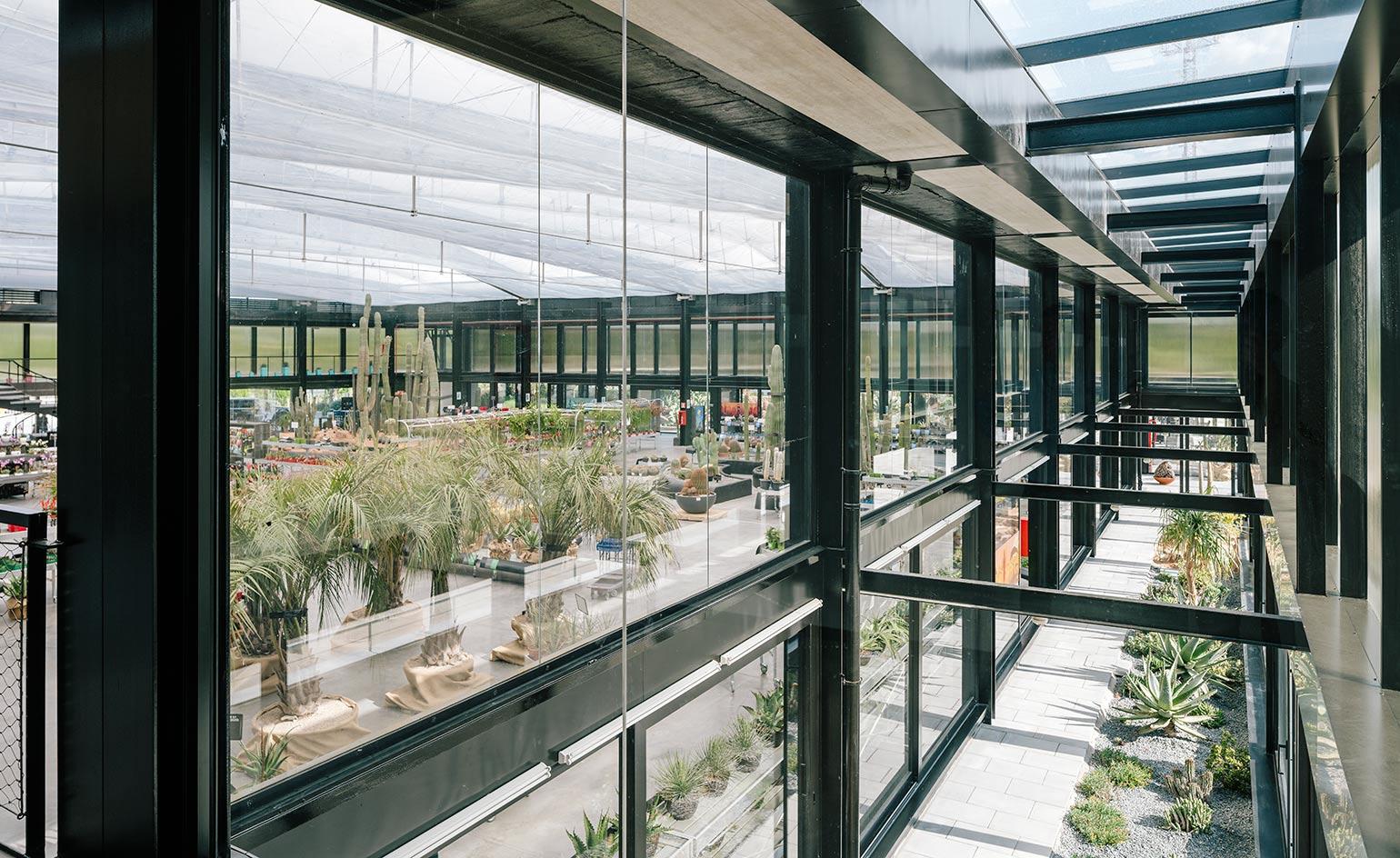
The cactus garden is the largest of its kind on Europe
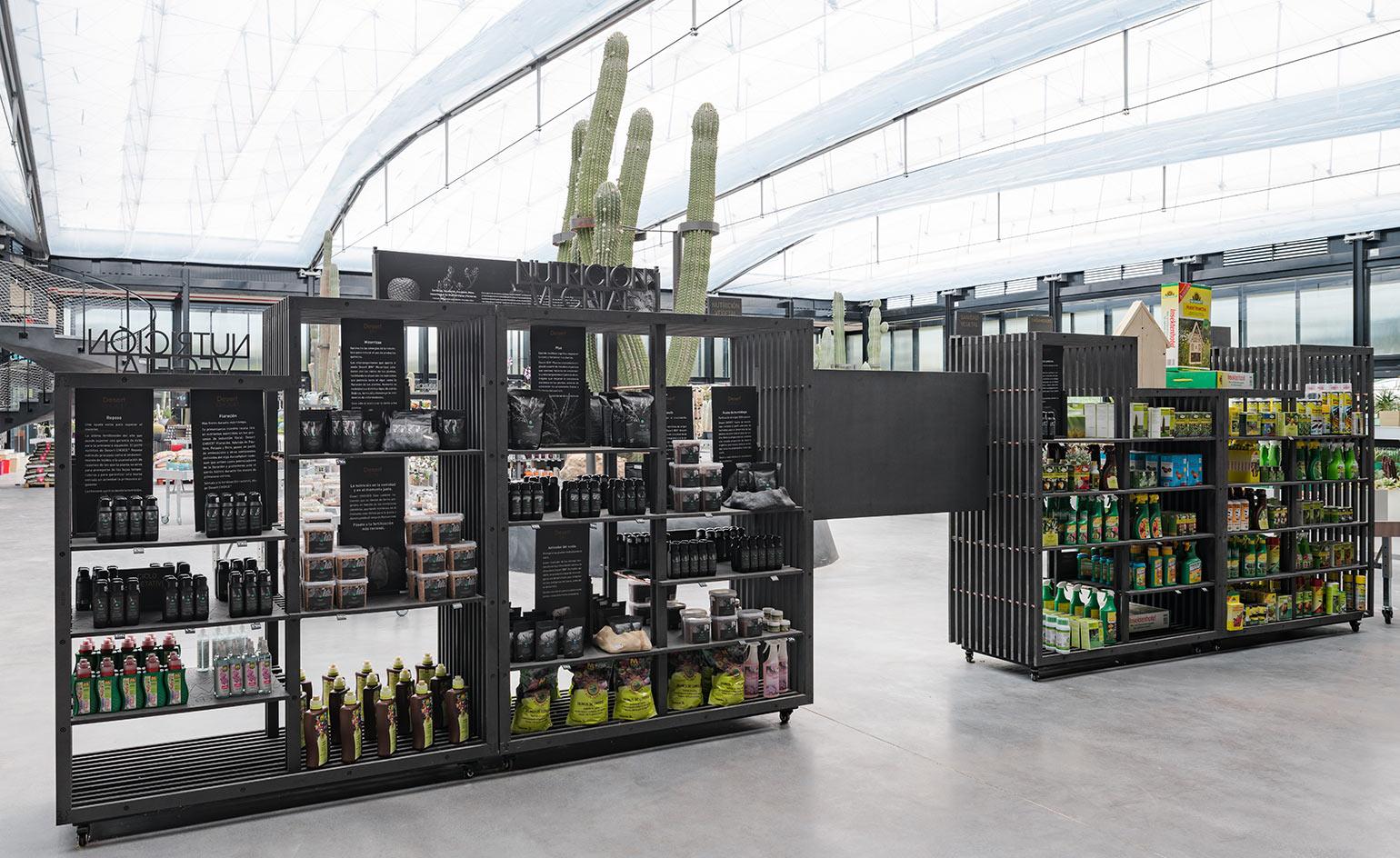
The garden looks to educate its audience on the ecological and aesthetic benefits of xerophyte plant life

Desert City stretches over 16,000 sq m of wasteland

The structure on the site has been designed by the Madrid-based Jacobo García-Germán architecture studio
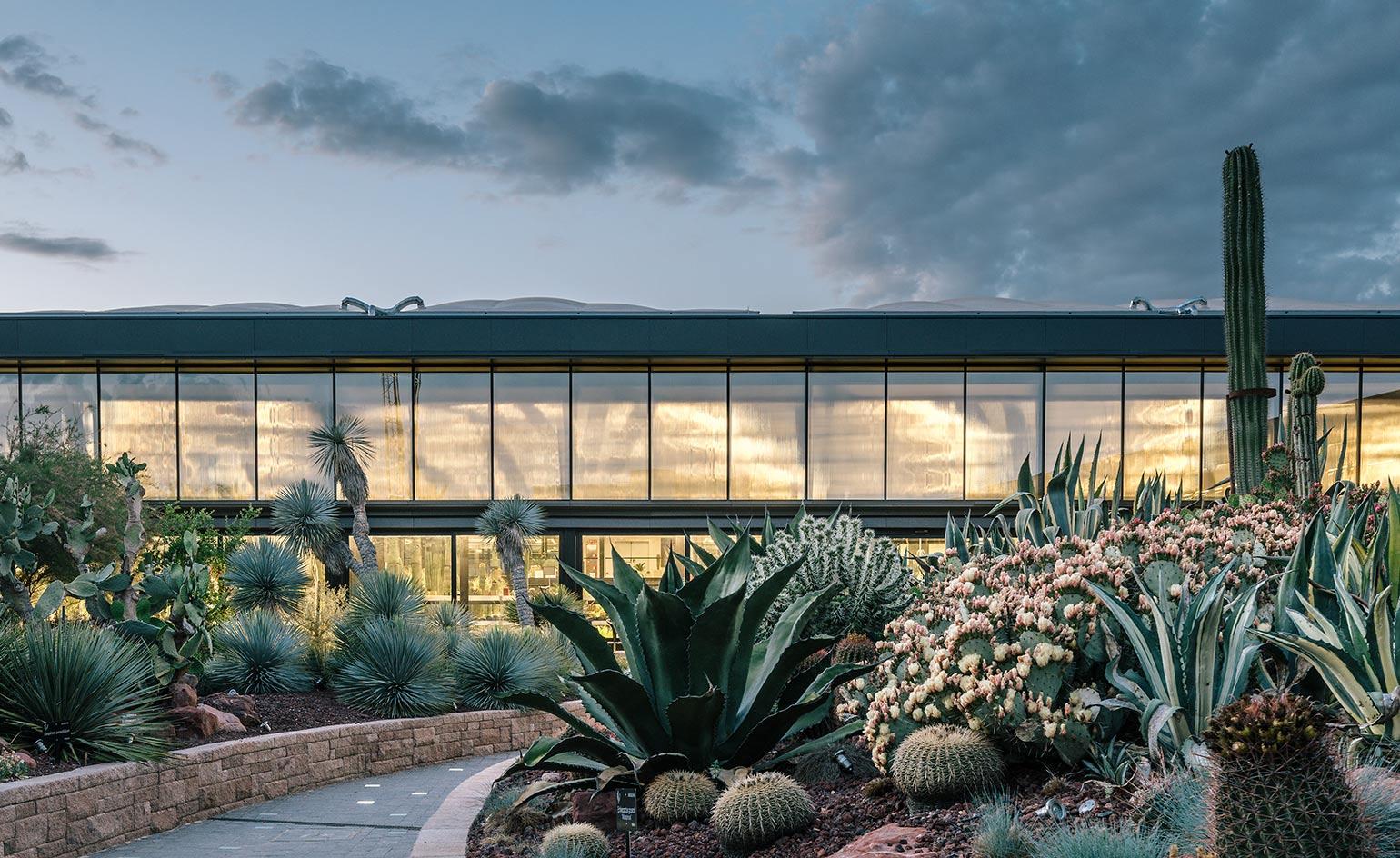
The building includes a retail space, workshops, event facilities and even a restaurant
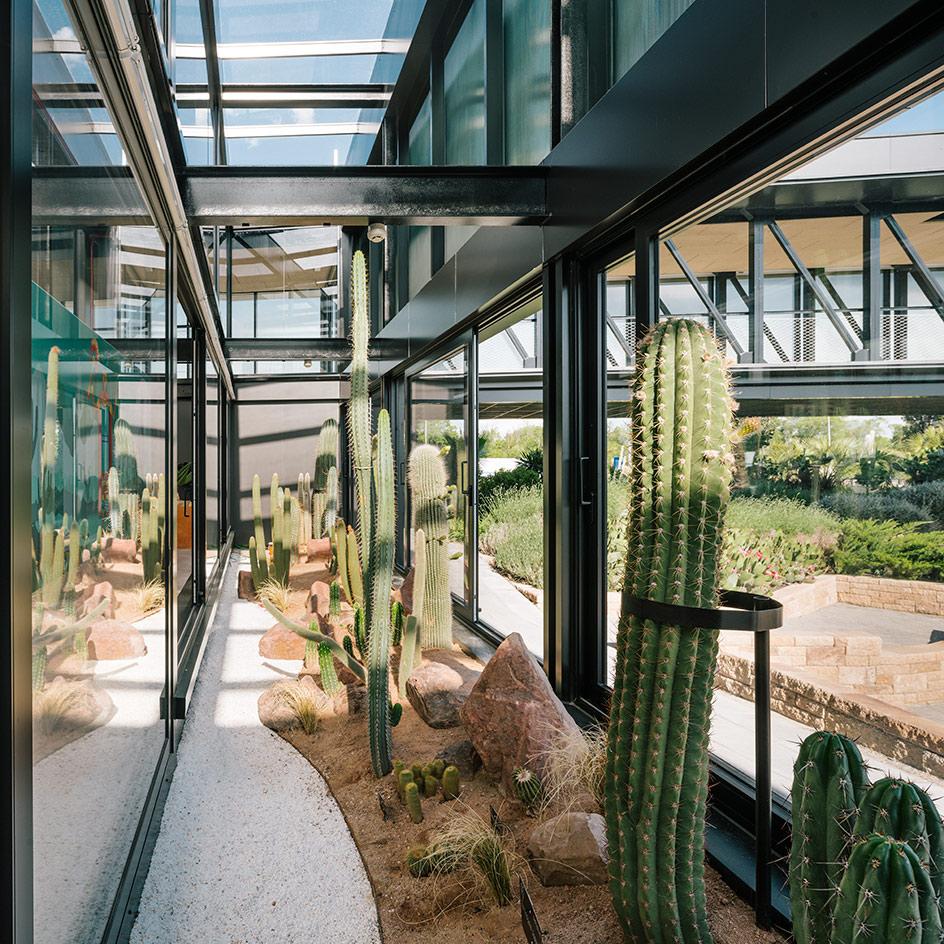
Green-tinted photovoltaic windows surround the structure responding to its proximity to the highway

Lookout points, bridges, walkways and terraces designed into the structure work together to provide cross ventilation
INFORMATION
For more information, visit the Desert City website and the García-Germán Arquitectos website
ADDRESS
Autovia A1 – KM 25
28708 San Sebastián de los Reyes
Madrid
Receive our daily digest of inspiration, escapism and design stories from around the world direct to your inbox.
-
 Volvo’s quest for safety has resulted in this new, ultra-legible in-car typeface, Volvo Centum
Volvo’s quest for safety has resulted in this new, ultra-legible in-car typeface, Volvo CentumDalton Maag designs a new sans serif typeface for the Swedish carmaker, Volvo Centum, building on the brand’s strong safety ethos
-
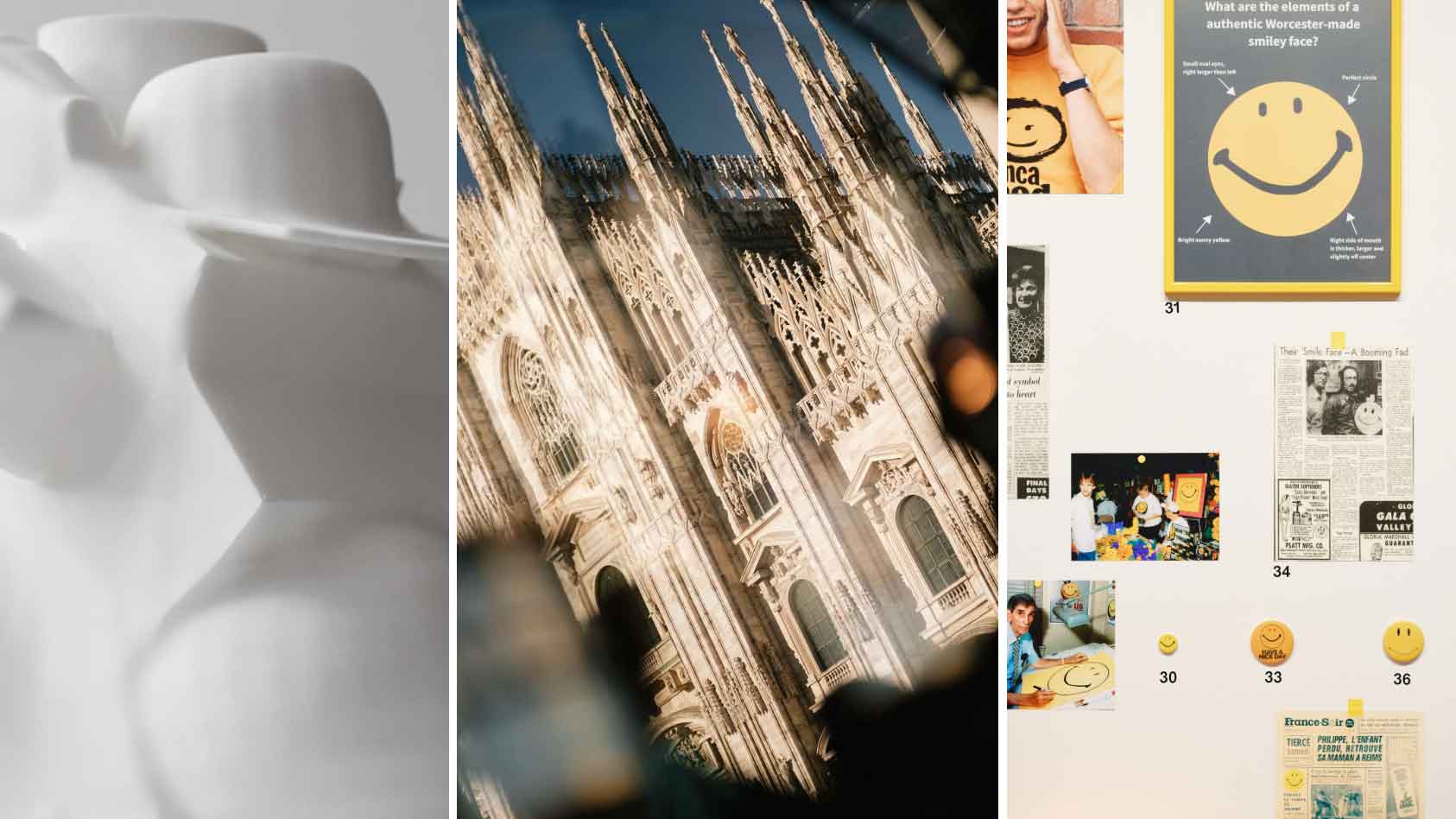 We asked six creative leaders to tell us their design predictions for the year ahead
We asked six creative leaders to tell us their design predictions for the year aheadWhat will be the trends shaping the design world in 2026? Six creative leaders share their creative predictions for next year, alongside some wise advice: be present, connect, embrace AI
-
 10 watch and jewellery moments that dazzled us in 2025
10 watch and jewellery moments that dazzled us in 2025From unexpected watch collaborations to eclectic materials and offbeat designs, here are the watch and jewellery moments we enjoyed this year
-
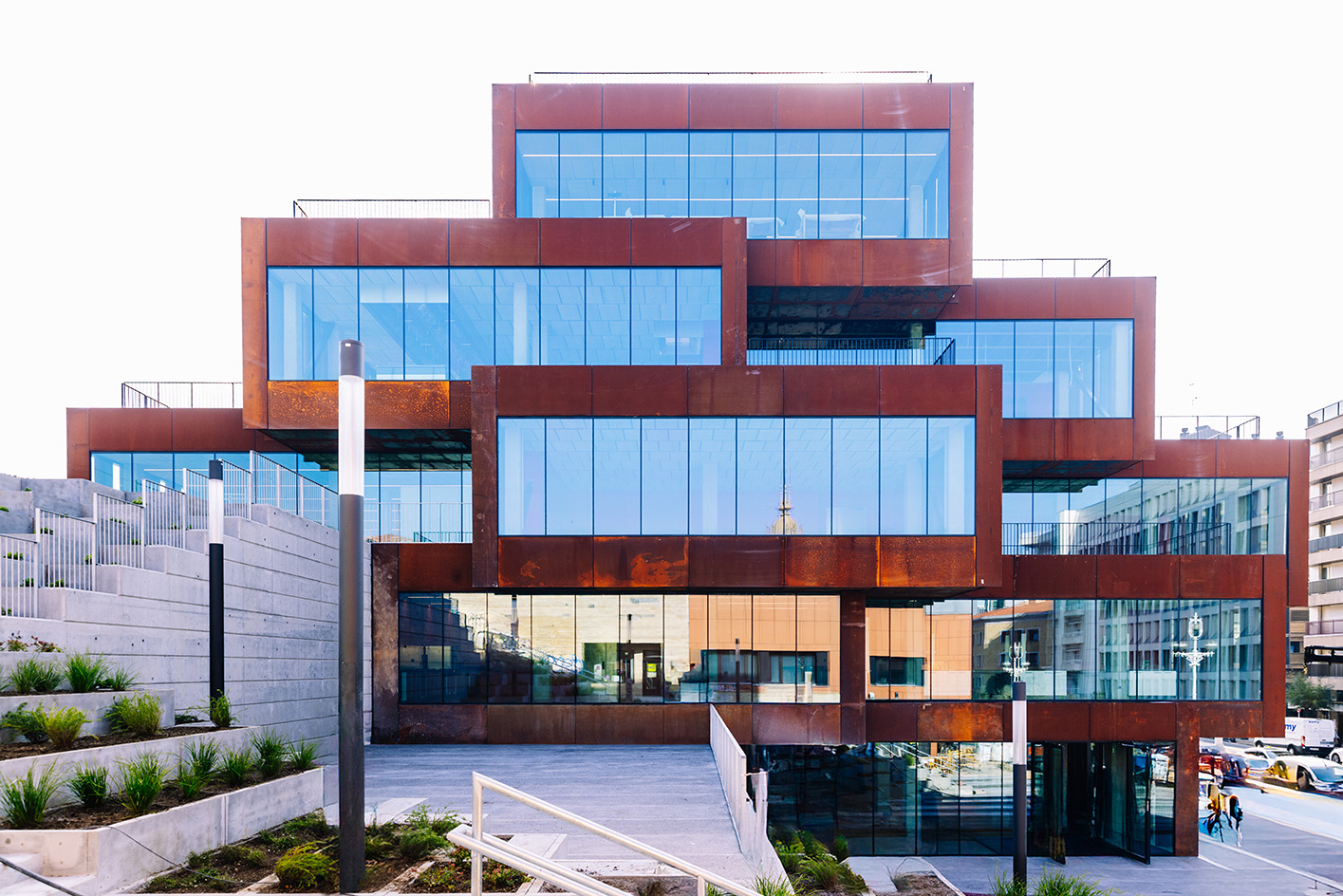 In the heart of Basque Country, Bjarke Ingels unveils a striking modular building devoted to culinary research
In the heart of Basque Country, Bjarke Ingels unveils a striking modular building devoted to culinary researchSee what the architect cooked up for the Basque Culinary Center in San Sebastián, Spain
-
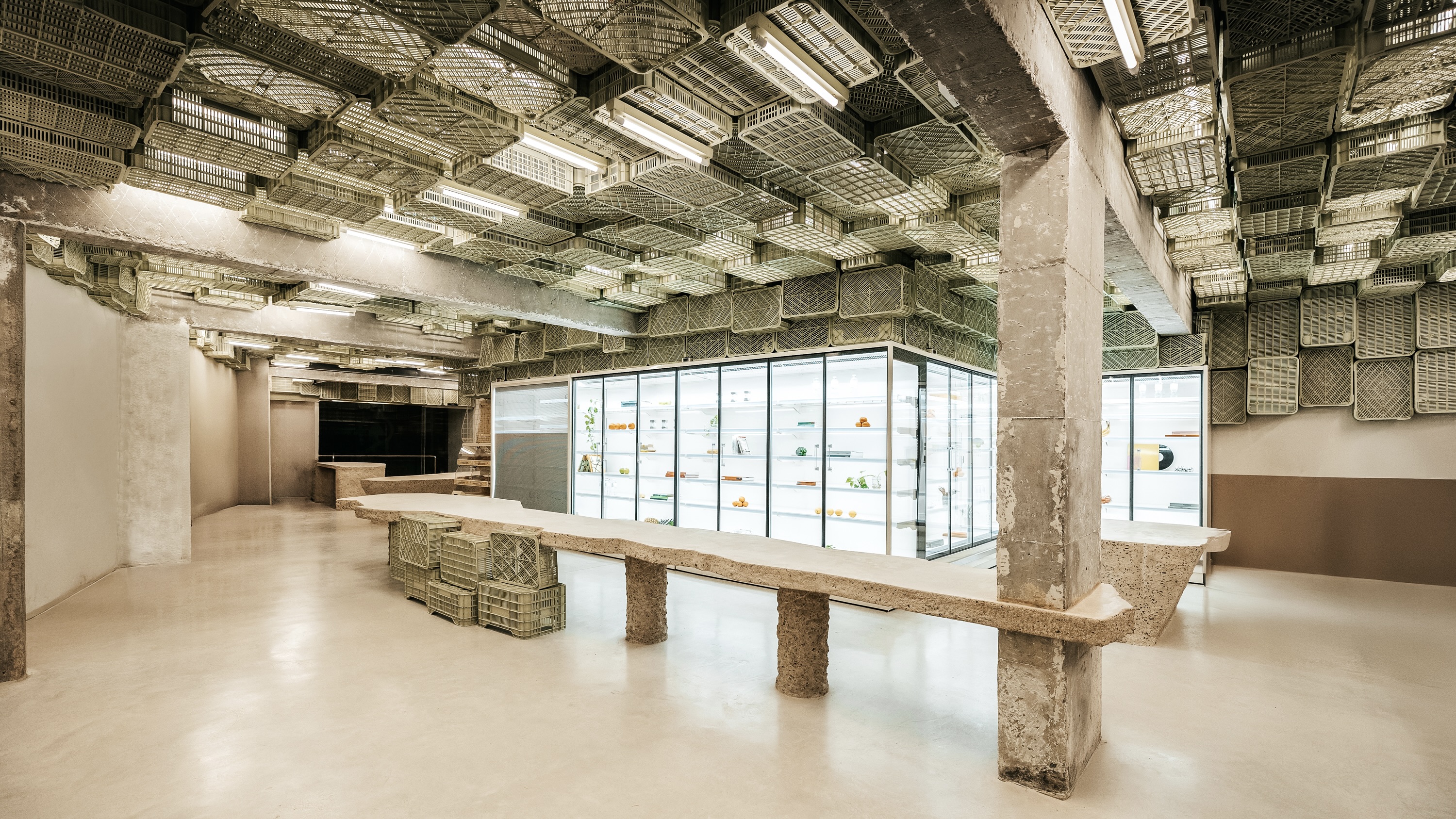 Spice up the weekly shop at Mallorca’s brutalist supermarket
Spice up the weekly shop at Mallorca’s brutalist supermarketIn this brutalist supermarket, through the use of raw concrete, monolithic forms and modular elements, designer Minimal Studio hints at a critique of consumer culture
-
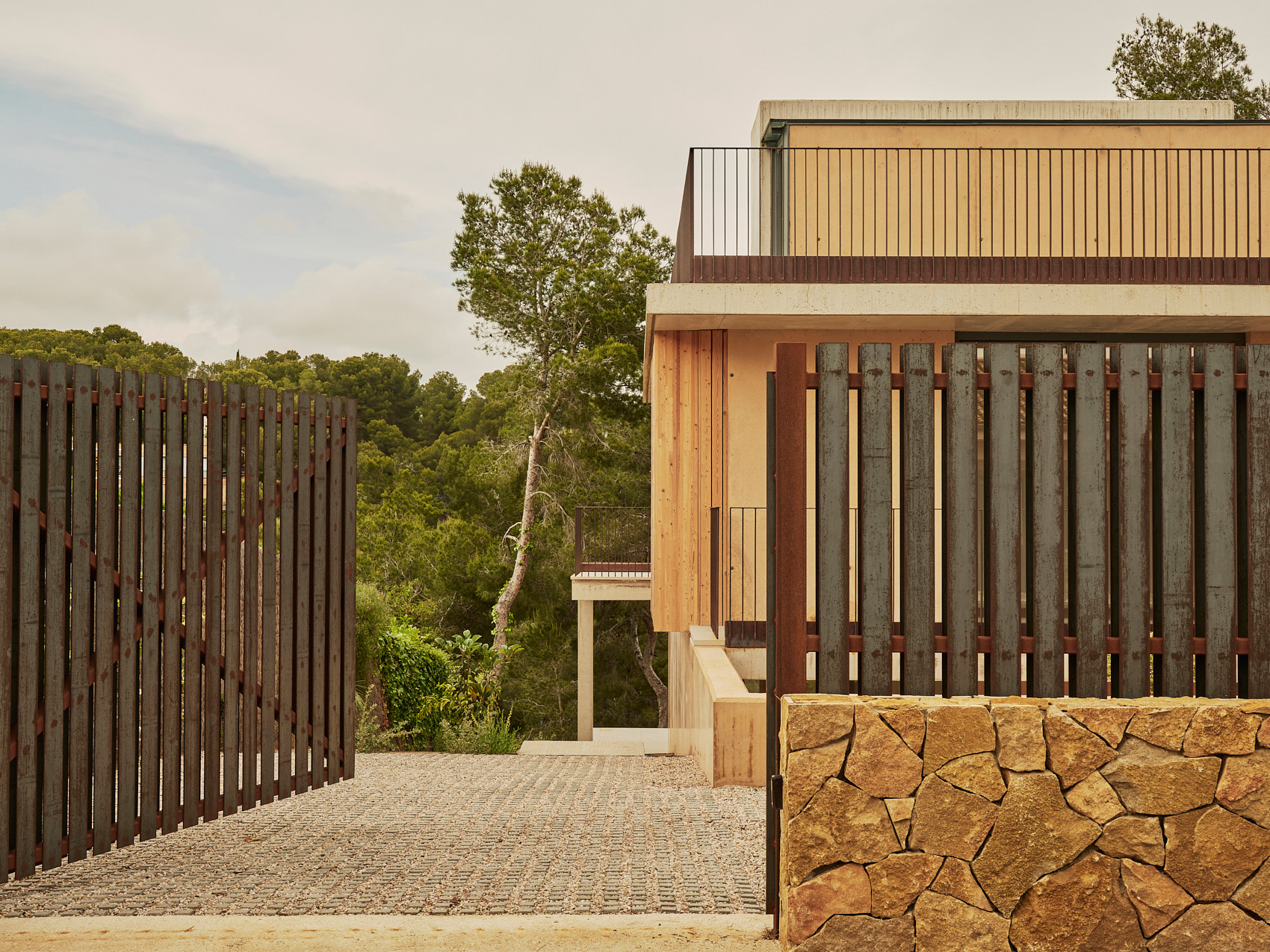 A Spanish house designed to ‘provide not just shelter, but a tangible, physical experience’
A Spanish house designed to ‘provide not just shelter, but a tangible, physical experience’A Spanish house outside Tarragona creates a tangible framework for the everyday life of a couple working flexibly in the digital world
-
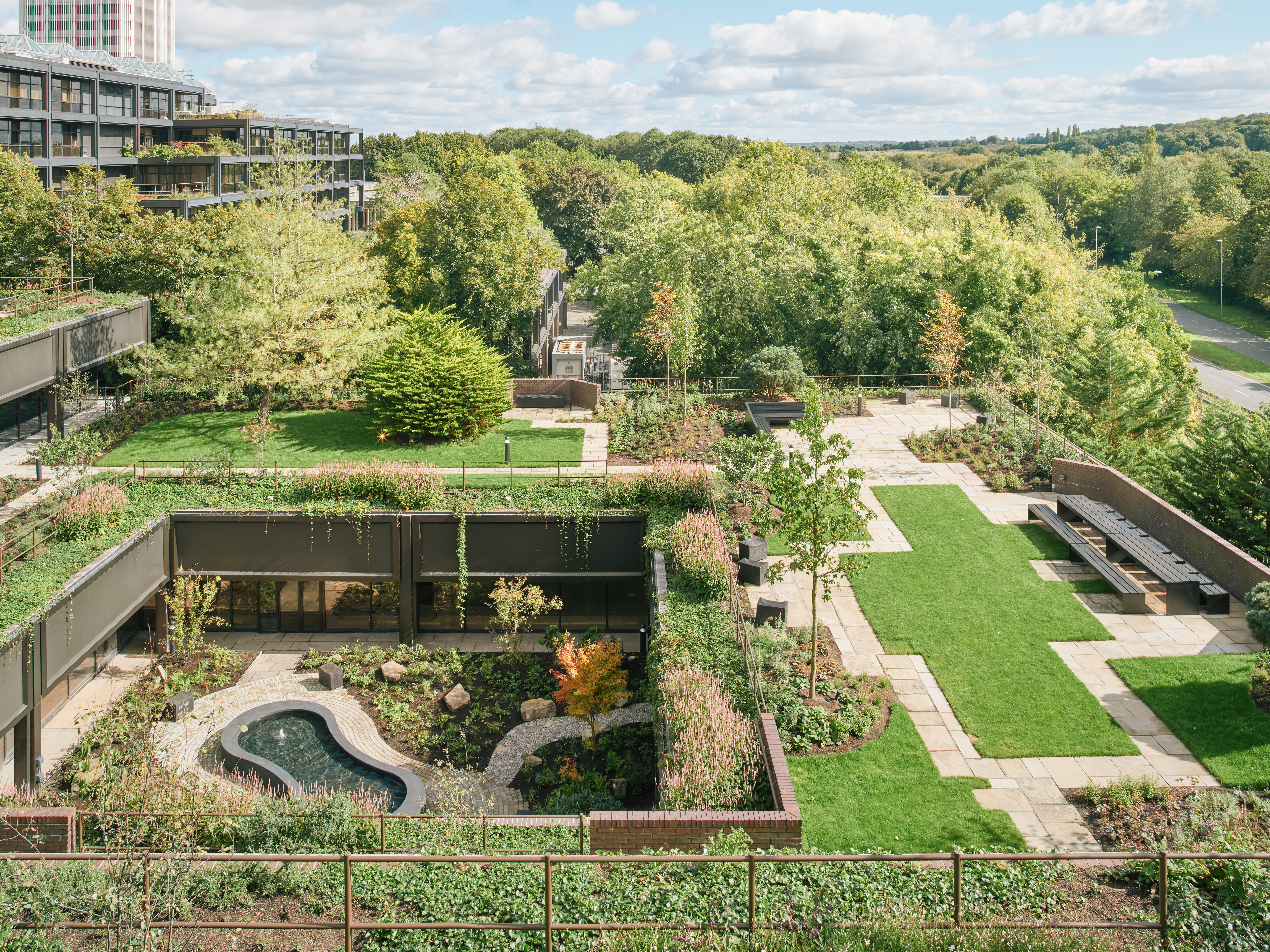 Meet Studio Knight Stokoe, the landscape architects guided by ‘resilience, regeneration and empathy’
Meet Studio Knight Stokoe, the landscape architects guided by ‘resilience, regeneration and empathy’Boutique and agile, Studio Knight Stokoe crafts elegant landscapes from its base in the southwest of England – including a revived brutalist garden
-
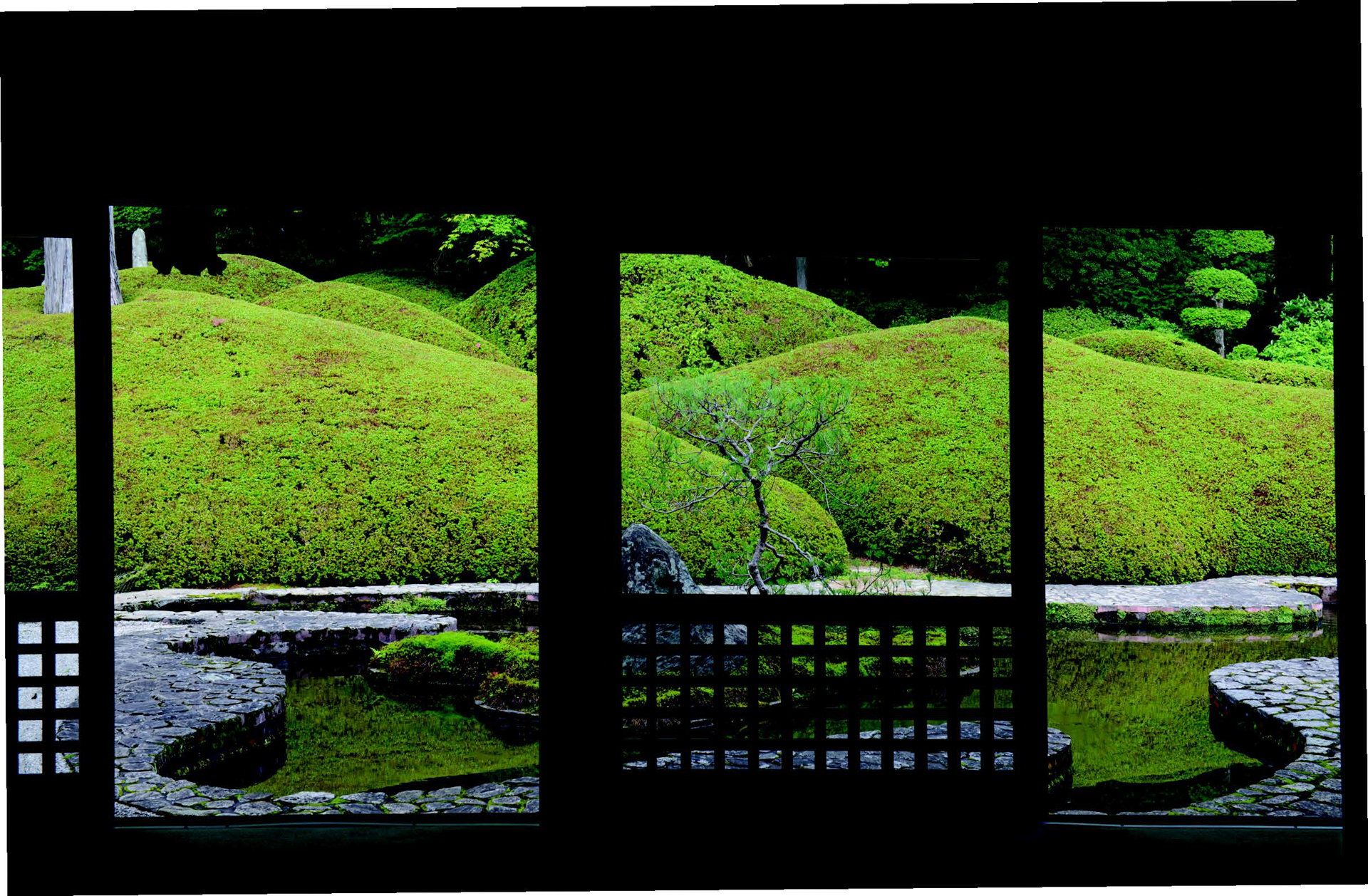 A new photo book explores the symbolic beauty of the Japanese garden
A new photo book explores the symbolic beauty of the Japanese garden‘Modern Japanese Gardens’ from Thames & Hudson traces the 20th-century evolution of these serene spaces, where every element has a purpose
-
 Meet Ferdinand Fillod, a forgotten pioneer of prefabricated architecture
Meet Ferdinand Fillod, a forgotten pioneer of prefabricated architectureHis clever flat-pack structures were 'a little like Ikea before its time.'
-
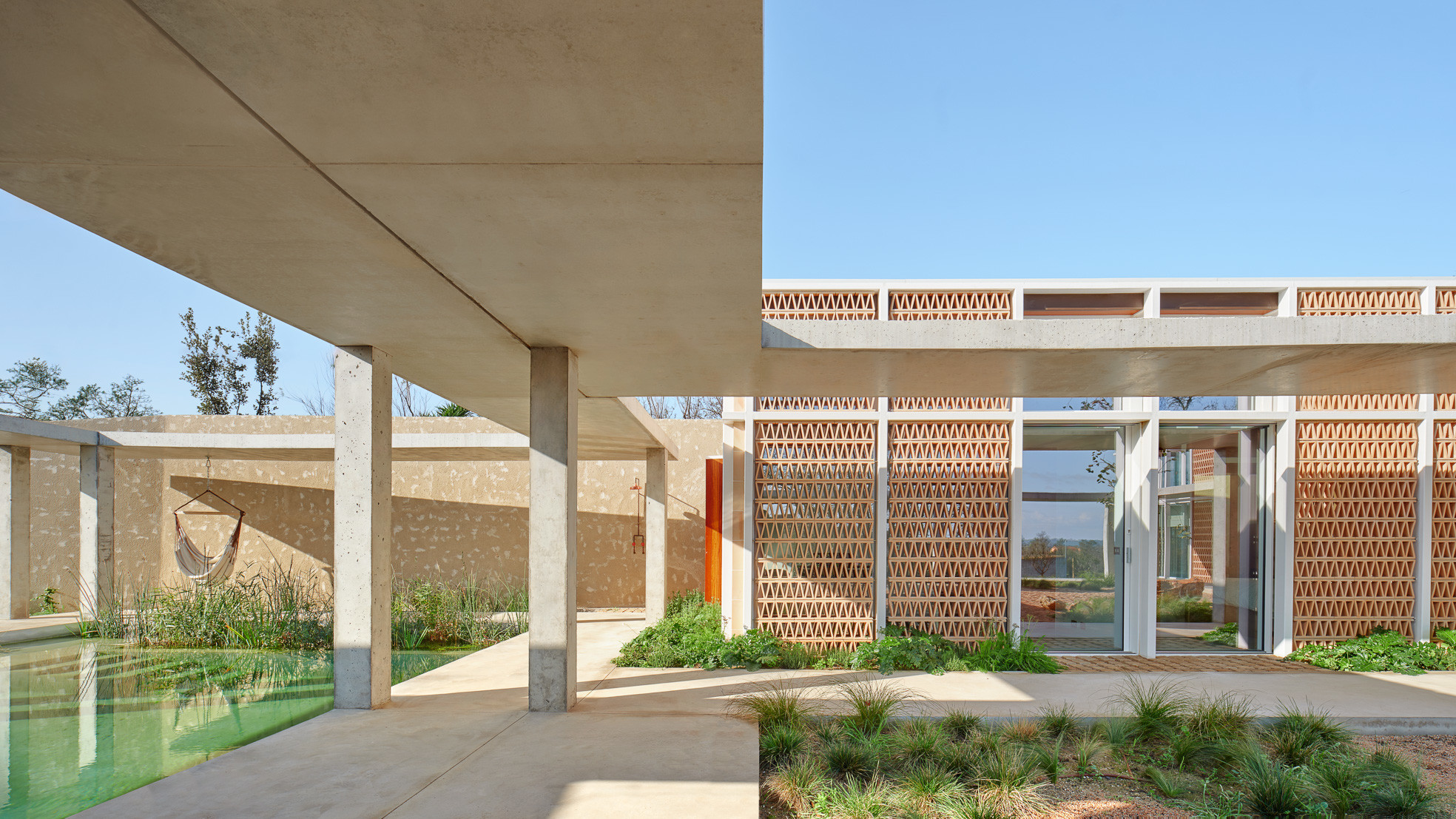 A courtyard house in northern Spain plays with classical influences and modernist forms
A courtyard house in northern Spain plays with classical influences and modernist formsA new courtyard house, Casa Tres Patis by Twobo Arquitectura, is a private complex that combines rich materiality and intriguing spatial alignments
-
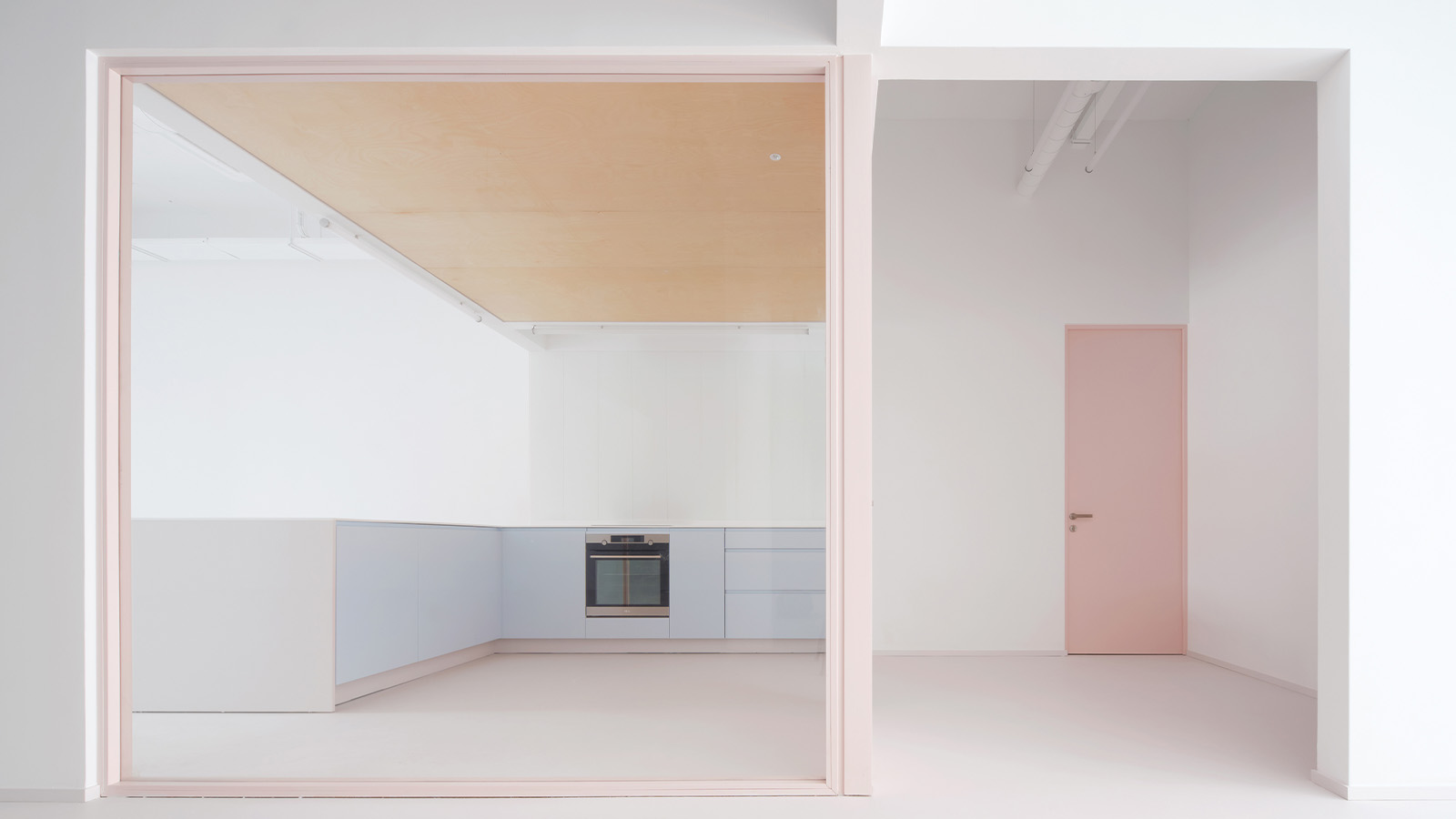 In Santander, a cotton candy-coloured HQ is a contemporary delight
In Santander, a cotton candy-coloured HQ is a contemporary delightSantander’s Colección ES Headquarters, a multifunctional space for art, office work, and hosting, underwent a refurbishment by Carbajo Hermanos, drawing inspiration from both travels and local context